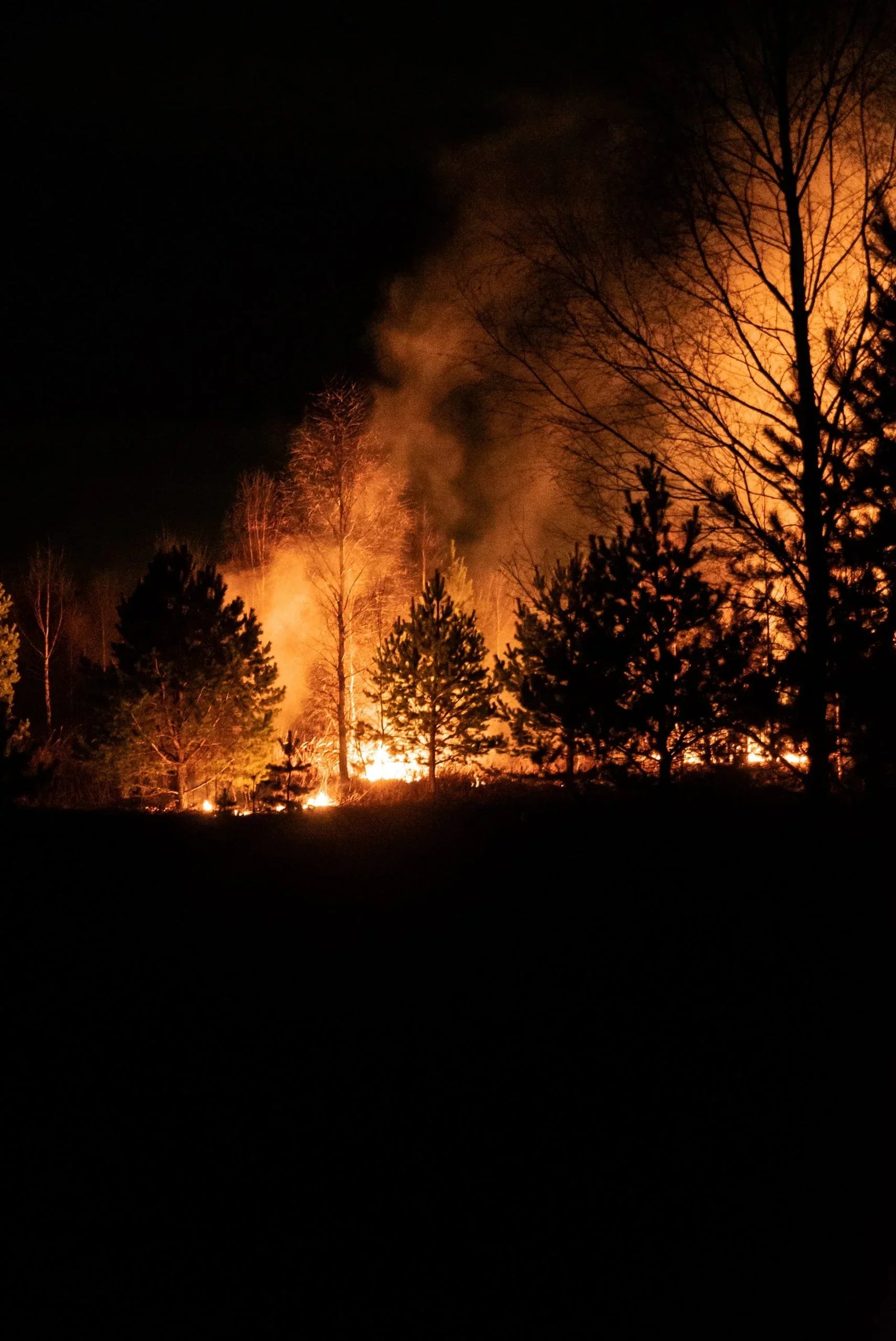What's the best HVAC filter to deal with wildfire smoke?

Recently, the Garnet Fire in central California grabbed headlines because of its size (over 60.000 acres) and because it devoured a few giant sequoia trees, which are only found in California, in about 80 groves around the state. Although this fire primarily affected the Sierra National Forest and the surrounding areas are sparsely populated, many other fires affect heavily populated areas, and thousands or millions have to deal with smoke in the air and smoke in their homes. When faced with an array of HVAC filters to choose from, which perform best with wildfire smoke particulates?
In the air filter industry, there are lots of different types of filters, but they can be grouped into three main types by method of filtration:
-
Particulate filters (mechanical filters),
-
Chemical filters (often using activated charcoal), and
-
Electronic filters, which can be grouped into 2 different types themselves:
-
Electret filters have polymer-based filters that have a permanent electrostatic charge, exhibiting higher filtration efficiency and low airflow resistance compared to purely mechanical filters. Most pleated disposable “non-woven” filters today are electret, although some, like the 3M Filtrete brand, say they are electrostatic. (Filterbuy filters are electret).
-
Electrostatic filters either have electricity applied to them, or generate an electric charge by the airflow through them. They are reusable and although usually have a higher initial cost, are often touted as “cost-effective” because of their ability to be cleaned and re-installed again and again, lasting longer than your typical disposable pleated filter.
Which ones perform the best with wildfire smoke particulates? It turns out that even the MERV ratings are not quite accurate when it comes to dealing with wildfire smoke. For one thing, filter testing for MERV ratings uses inorganic salt particles in the range of 0.3-10 microns. There are two problems with this type of measurement. First, the size of smoke PM is usually below 0.3 μm (typically 100-200 nm). Second, the chemical composition of smoke particulates is very different from inorganic salts. Smoke contain large amounts of chemicals (organic compounds). As it turns out, this matters to the filtration efficiency outcomes of filter media. (Are Air Filters Filtering Wildfire Smoke as Well as We Thought?) In a 2023 study, scientists burned pine needles to simulate wildfire smoke, and tested it against commercial MERV-rated filters. (Evaluation of Filtration Efficiency of Various Filter Media in Addressing Wildfire Smoke in Indoor Environments: Importance of Particle Size and Composition) The pine needle smoke contained particulates whose median diameter was 100 nm (0.1 microns). The results were surprising:
-
For electret filters, initial efficiency can be much higher than aged efficiency. Initial efficiency for the 2 MERV 11 filters were ~35% and ~55%, but one dropped to 2.5% (!) after some time.
-
For purely mechanical fiberglass filters, the efficiency for pine needle smoke particles was ~30% for MERV 11–14, and ~80% for MERV 15. These efficiencies did not much drop over time.
The reason for the shocking drop in efficiency of electret filters after some time of exposure to smoke, is that pine needle smoke particles can alter the electrostatic charge properties of the electret media, even more than previously studied elements of humidity, exposure to certain chemicals, dust loading, elevated temperature, etc. Even two different electret filter media with the same MERV rating could have very different efficiencies for particles smaller than 0.3 microns. However, “aging” (continued exposure to smoke) seems to have a negligible effect on the filtration efficiency of plain fiberglass media. This study suggests that current testing standards (MERV testing using potassium salts) overrate the efficiency of filters if considering only inorganic particles larger than 0.3 μm and overestimate the filter capability of removing sub-micron particles. This shouldn’t be surprising, since a 2022 study found that cigarette aerosols dramatically reduced filtration efficiency (the filtration efficiency of some filters decreased from 92.5% to 33.3%), while standard test particles of a similar loading weight did not affect filtration efficiency. (Effect of cigarette smoke on the lifetime of electret air filters)
Does this mean we should stop using electret and electrostatic filters? No. For the vast majority of the time when most homes are not exposed to wildfire smoke, electret filters provide economical, efficient filtration that has lower pressure drops than traditional fiberglass filters. However, you could benefit from having a few fiberglass MERV 13-15 filters on hand, should you need them in a smoke situation. The problem is that fiberglass filters are hard to find in these high MERV ratings, and the pressure drop may be too much for your HVAC system. The majority of HVAC filters manufactured today are electret/electrostatic, leaving fiberglass to the MERV 1-4 categories. Since fiberglass is so hard to find in higher MERV, it would be wise to have a good supply of electret/electrostatic filters on hand to replace them frequently in a wildfire situation. We would also like to see testing of polyester filters with smoke, since some manufacturers offer bulk polyester media in higher MERV ratings.
Photo by Egor Vikhrev on Unsplash






